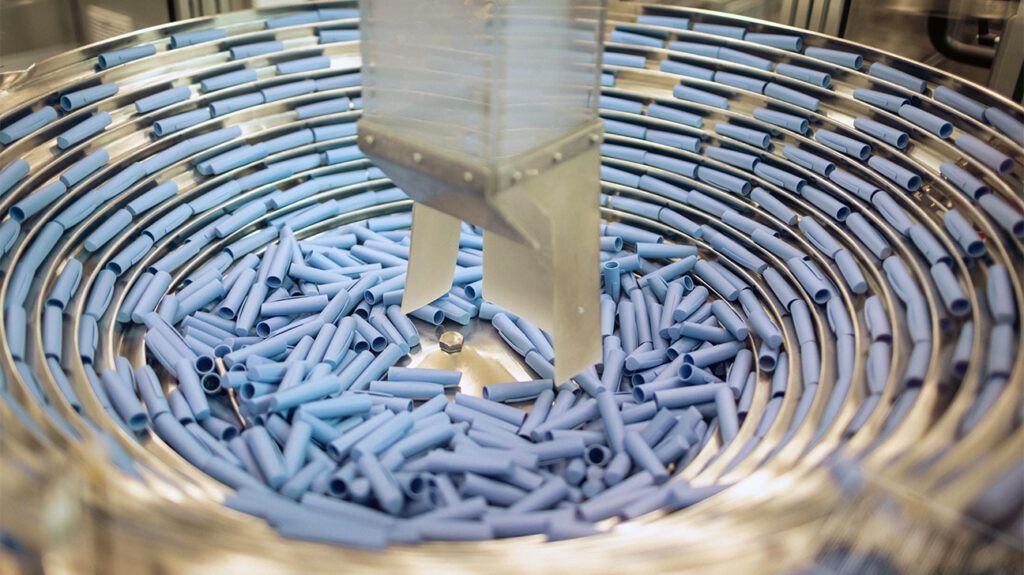Innovative Surgical Microscope Employs 48 Mini Cameras for Advanced 3D Imaging

A revolutionary surgical microscope featuring 48 mini cameras offers enhanced 3D imaging capabilities, promising to improve precision in microsurgical procedures and robotic surgeries.
A groundbreaking development in surgical visualization technology introduces a new type of surgical microscope featuring 48 tiny cameras arranged in a grid pattern. This innovative device captures multiple high-resolution images simultaneously from different angles, which are processed through an advanced algorithm to produce precise three-dimensional models of the surgical scene. Known as the Fourier lightfield multiview stereoscope or FiLM-Scope, this system provides a large field of view of approximately 28 by 37 millimeters with remarkable detail down to 22 microns, all while streaming at up to 120 frames per second.
Traditionally, surgeons have relied on stereoscopic microscopes that imitate human depth perception through two slightly different images, aiding in delicate procedures like brain or blood vessel surgeries. However, while these tools offer intuitive 3D views, they fall short when it comes to extracting precise measurements needed for advanced surgical tasks or automation.
The FiLM-Scope overcomes these limitations by deploying a grid of 48 small cameras, each capturing the scene from a different angle with 12.5-megapixel resolution. These images are immediately processed to generate a detailed 3D map of the operating field with an accuracy of 11 microns over a depth of one centimeter. The system allows for digital zooming and shifting perspectives during surgery, enhancing the surgeon's ability to perform complex maneuvers without physically moving the device.
This cutting-edge technology is expected to significantly impact microsurgical procedures and robotic surgeries by providing real-time, highly accurate 3D visualization that can adapt dynamically during operations. Moreover, the system's ability to produce detailed 3D data could extend its applications into fields like materials science and microfabrication, where precise spatial understanding is crucial.
Source: https://medicalxpress.com/news/2025-07-surgical-microscope-tiny-cameras-precise.html
Stay Updated with Mia's Feed
Get the latest health & wellness insights delivered straight to your inbox.
Related Articles
How Patient Expectations Impact the Progression of Asthma
New research shows that optimistic patient expectations can slow asthma progression, emphasizing the importance of psychological factors in disease management.
Does Semaglutide Really Impact Vision? What the Latest Research Shows
Recent research shows that semaglutide, a popular GLP-1 medication, is not definitively linked to eye disorders like diabetic retinopathy or vision loss. Learn more about the latest findings and what they mean for patients.
Innovative Optical Imaging Technique Enhances Detection of Diabetic Kidney Disease
A novel label-free multimodal optical biopsy technology enables detailed 3D imaging of kidney tissues, revealing early signs of diabetic nephropathy without tissue destruction—potentially transforming diagnosis and treatment.



